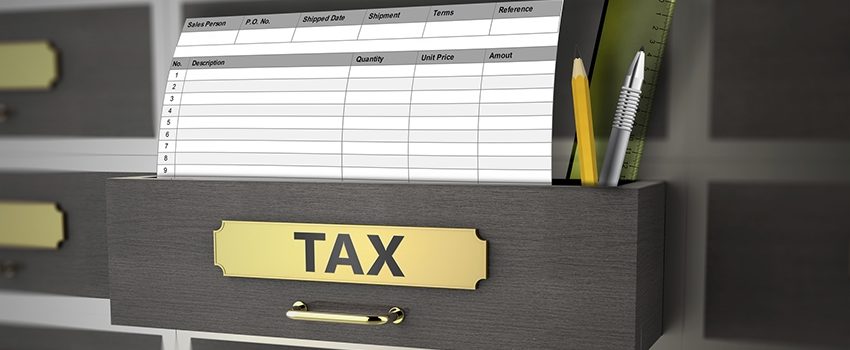Mississippi gets credit from most economic historians for imposing our nation’s first sales tax in 1930. Most other states followed over the next 30+ years. Today all but five states and the District of Columbia impose a sales tax. The NOMAD states – New Hampshire, Oregon, Montana, Alaska, and Delaware – do not impose a state sales tax.
When states first started imposing the sales tax, our economy was mainly an economy of selling goods. Service transactions were not a big part of that economy. Today’s economy is different, as service transactions play a big and vital role in our modern-day economy.
States are looking for ways to generate more revenue to pay for roads, schools, healthcare, etc. Two major considerations to producing more revenue are broadening the sales tax base by imposing a tax on services or increasing the sales tax rate.
Lucky for me (pun intended), I was a sales tax auditor back in 1986 when the Florida legislature passed (in the final hours of a legislative session) the ill-famed “service tax” – the expansion on the taxable base to include most services and by repealing numerous exemptions from sales tax – like professional, insurance or personal service transactions (Chapter 86-166). The service tax became effective on July 1, 1987.
A hurricane of controversy intensified about Florida’s service tax as taxpayers attempted to comply. Florida’s service tax was confusing and broad. Compliance was difficult – not only for the taxpayer, but for the state sales tax auditor also (I know this first-hand.) Mostly backed by national advertisers, a campaign to repeal the service tax began even before it became effective. Florida’s service tax died after only six months of life when the Florida legislature enacted a bill that increased the sales tax rate from 5% to 6% and repealed the sales tax on services that became effective January 1, 1988. Florida’s ill-famed service tax had a stormy life and died young.
Today, like many other states, Florida imposes a sales tax on some services – but very limited services. More and more states are looking to increase their tax bases by imposing a sales tax on additional services. In November, Missouri voters will be faced with the option of voting Yes or No to Amendment 4, a ballot measure that hopes to preemptively ban sales tax on services if not already taxed as of January 1, 2015. Other states may be looking to voters to make similar decisions on the ballot in November or in the near future. If taxpayers vote No to allowing states to increase their taxable base and not allowing the taxation of more services, then states will be limited in their ability to increase their taxable base and may consider increasing their state and local sales tax rates.
Do you have a manufacturing plant in Missouri or in another state that will be asking taxpayers to make a similar decision? Many states have done a good job over the past several years providing exemptions or reduced tax rates on various items purchased and used by manufacturers – from machinery to consumed goods. Now that those exemptions are in place, will manufacturers now be faced with increasing tax burdens with the imposition of additional taxable services or the imposition of a higher use tax rate on taxable purchases? If your plant is located in a state that has favorable exemptions or tax rate reductions specifically for manufacturers, then your taxable base is, perhaps, lower than you have seen in several years. Adding services to your taxable base could increase your use tax cost significantly. On the same note, paying tax at a higher rate on your current taxable base will also increase your use tax expense. Which will be more costly? If faced with a choice, how will you vote? It is a big decision and, for certain, a “taxing” one.

